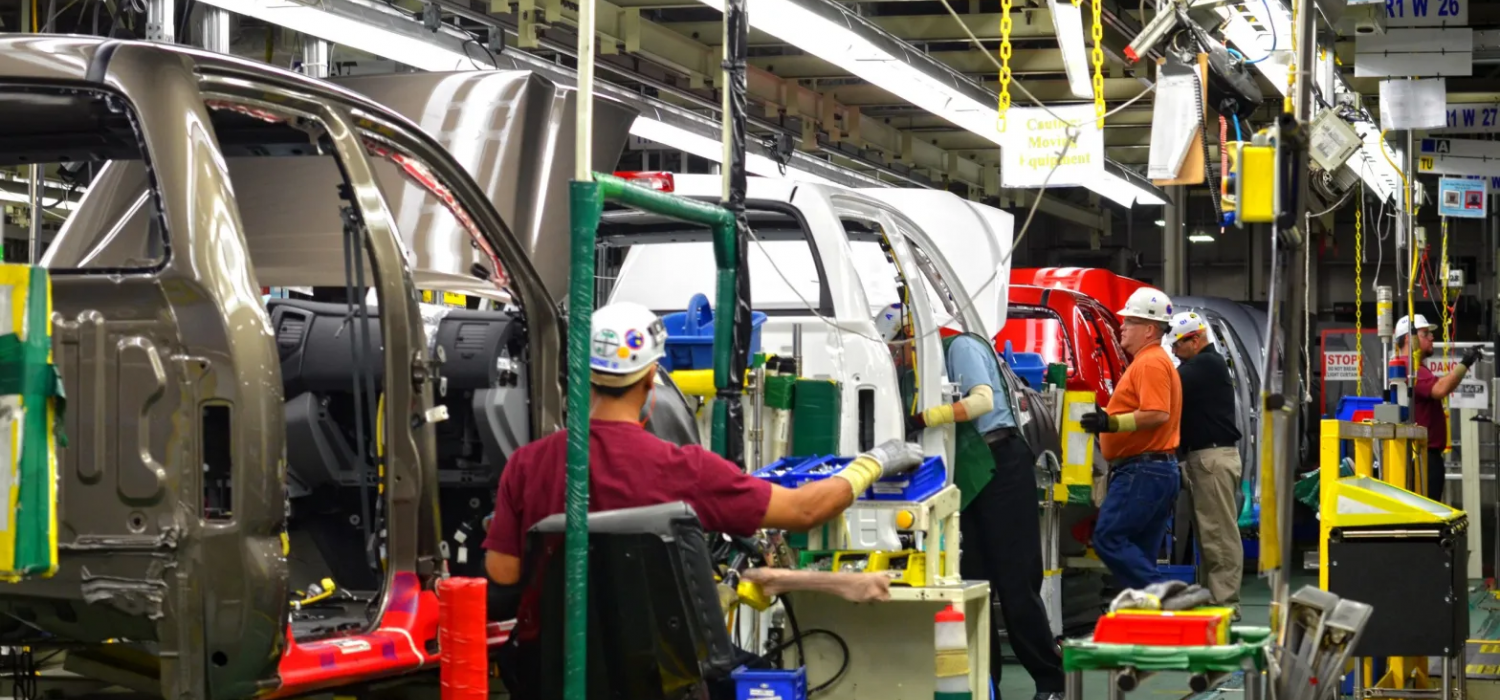What Trump’s 100 Percent Auto Tariff Would Mean For The US Economy
In a March 17 campaign speech, former president Trump vowed “We’re going to put a 100 percent tariff on every single car that comes across the line, and you’re not going to be able to sell those guys if I get elected.”
Trump was not clear about the target of his tariffs, but what would the consequences be of a 100 percent tax on imported autos?
Conflicting Plans
It could be catastrophic. At a time when so many worry about inflation, past experience with other goods suggests a tariff likely would drive up the cost of motor vehicles, domestic as well as imports, used cars as well as new. And rather than add jobs, as Trump insists, these tariffs likely would send thousands of US workers to the unemployment line.
In his March 17 speech, he implied he’d levy the 100 percent import tax only on Chinese nameplate vehicles made in Mexico. But, while the world’s top seller of EVs, Chinese automaker BYD, does produce electric vehicles in Mexico, it sells few if any in the US.
At other times, Trump proposed very different import taxes. He’s promised a 10 percent tariff on all imported goods, a 50 percent tariff on all imported Chinese cars, and a 60 percent tariff on all Chinese goods. Listen here for Trump’s own explanation of how he views tariffs.
It also is not clear whether Trump would tax imports of autos only or also include component parts. The 25 percent tariffs Trump imposed on Chinese steel imports in 2018 did target materials used to manufacture other products and it seems reasonable to assume any new levy would do the same.
A Complex Supply Chain
What would a tariff on imported autos and parts mean?
Remember, the US auto industry relies on a complex supply chain. Cars assembled by American workers in the US are built with parts from all over the world, especially Mexico and Canada but also China and other countries.
About one-quarter of cars and light trucks purchased in the US are imports. More than half of all vehicles sold in the US are built by foreign nameplate firms such as Toyota, BMW, or Hyundai. But 44 percent of them are assembled in the US from a mix of foreign and domestic parts. And often, these brands use fewer foreign parts than US-headquartered automakers.
For example, in 2023, the average domestic content of Hondas was about 67 percent, while on average about 52 percent of the components in Ford vehicles were made in the US, according to American University’s Made In America Auto Index.
At the same time, the US exports about 77,000 autos and $70 billion in parts to other countries. The biggest component buyers: Mexico, Canada, and—perhaps surprisingly—China. Thus, many imported vehicles are built with some US-made parts.
More Inflation, Fewer Jobs
What would the economic impact of auto tariffs look like? Immediately, a 100 percent tariff on imported vehicles would come close to doubling their price since most of the tax would be passed on to consumers.
But that would just be the beginning. Domestic producers likely would take the opportunity to raise their own prices, even before figuring in their higher costs from tariffs on the overseas parts they need to assemble their vehicles.
In addition, the jobs of many of the 1 million American workers who manufacture vehicles and parts and the 1.2 million employed by auto dealerships would be at risk.
Then, there is what would happen after US trading partners impose retaliatory tariffs on American imports, which they almost certainly would. Such an ugly trade war would result in still higher US consumer prices and many lost jobs.
Because Trump’s proposals are vague, no one has yet figured their impact on US employment. But 2018’s more modest 25 percent tariff on imported steel cost as many as 175,000 US jobs, according to some estimates. And they reduced net US income by more than $7 billion, according to one analysis.
Economic Uncertainty
Could US firms open new domestic factories to make components and build cars, as Trump hopes? Sure, but it would take years. Besides, big price increases could cause auto sales to collapse, making firms reluctant to make capital investments. Overall, the enormous economic uncertainty such a tariff would create could slow investment well beyond the auto industry.
We don’t know precisely what trade policies Trump would adopt if he returns to the White House. But one thing is certain: A 100 percent tariff on imported autos would create an economic disaster for US consumers and thousands of workers.






